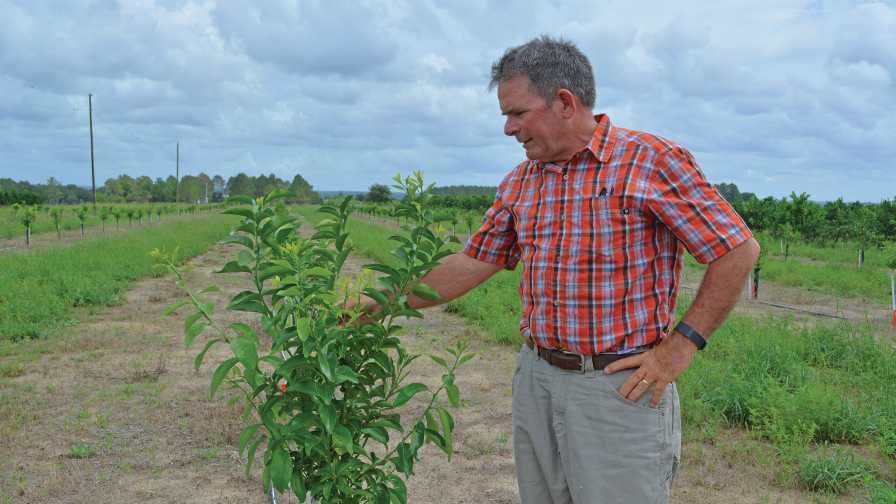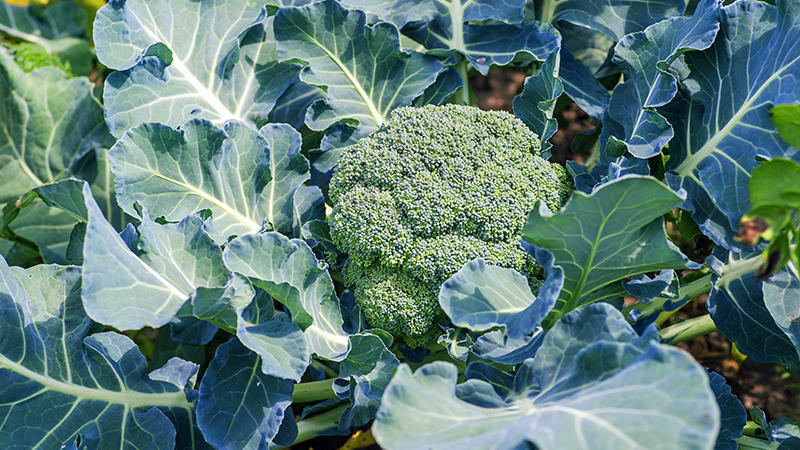Florida’s Top Citrus Growers Sound Off On Critical Matters
Florida Grower® magazine reached out to some of the state’s leading citrus producers recently to get their take on several important factors impacting the industry.
Here are some of the responses.
 How does the crop look heading into the 2016-2017 season?
How does the crop look heading into the 2016-2017 season?
Jerry Newlin, Alico Inc.: “Overall, the crop looks good. We are seeing lots of pieces of fruit on trees, but they are tending to be smaller. The biggest change I see between this year and last year is weather. We have transitioned from a strong El Niño to a weak La Niña. This fall, we’ve had less rain events in October and November and it has been much cooler.”
 How have psyllid counts been over the past year?
How have psyllid counts been over the past year?
Steve Farr, Ben Hill Griffin Inc.: “No question, the psyllid counts have been considerably higher starting in summer 2015 and continuing throughout 2016 thus far.
“After five years of scouting the same trees with the same scouts, scouting the same way, we have identified hot-spot areas. These are usually associated with lower grower participation in regional CHMA sprays. Statistically, all the areas have higher counts, but also are proportionate — meaning the hot areas are just hotter and the areas with low counts are now higher than before but not as high as the tougher areas from years past.
“Overall psyllid counts might be higher because of less participation in the CHMAs for various reasons, such as conflicts with the antimicrobial sprays, budgets, abandonment, etc. We also have seen more sporadic flushing with the weather and declining tree health. Also, high counts could be the psyllids adapting/resistance to chemicals being applied.”

Photo by Frank Giles
What are your top three considerations when planting new, fresh-market citrus varieties?
Chuck Allison, Spring Valley Farms: “My No. 1 consideration is the productivity and quality characteristics of the new variety. No. 2 would be the consumer demand in the market window when the fruit would be typically harvested.
“If we can hit the October through December window when there is not a large volume of mandarins on the worldwide market, Florida has an opportunity to find a spot in that window with the right variety. I have planted ‘Tango,’ which is a high-value, fantastic piece of fruit that will hopefully hit that window. We are further north (Umatilla), so we also hope the fruit will color up in a timely manner.”

Photo by Frank Giles
What is the regulatory status and performance of the genetically modified tree being developed by Southern Gardens Citrus?
Ricke Kress, Southern Gardens Citrus: “The field trials that Southern Gardens Citrus have in place at this time continue to show tolerance to HLB. The process and overall cooperation from the regulatory agencies in assessment of and planned approval of technologies continue to progress as well as possible.
“Development of trees to adequately assess HLB tolerance proceeds as quickly as Mother Nature will allow. Based on all factors to be considered, the regulatory process could be achieved in the next three to four years, depending on how quickly representative trees can be developed and analyzed.”









